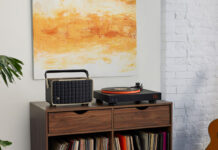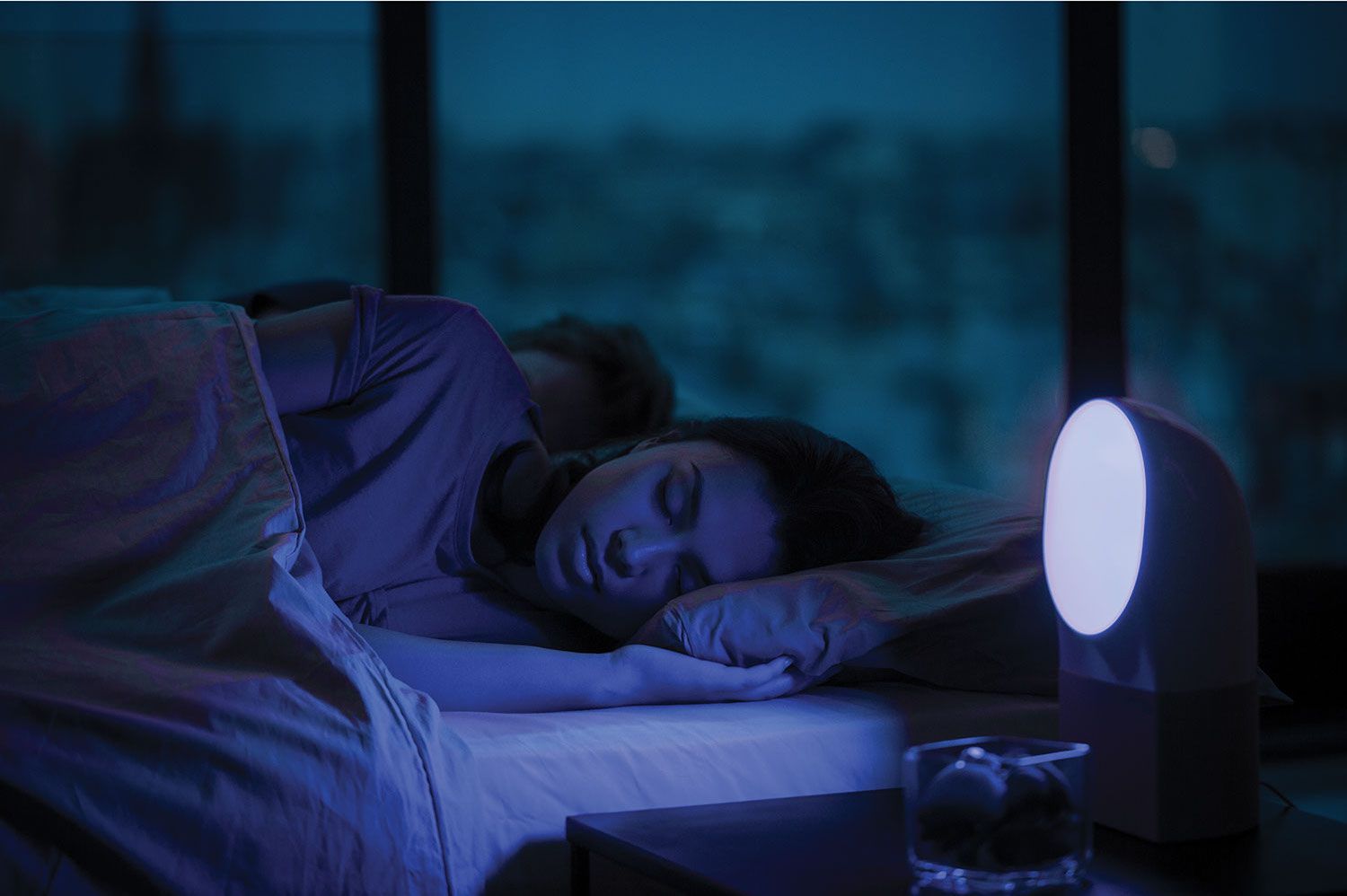
Sleep is a funny thing. It’s so essential to our lives, and yet for the most part, we just let it happen as it may. Couldn’t catch a wink? It was just “one of those nights.” Still feel so exhausted in the morning that you fall asleep making breakfast? At least you have coffee.
The cool thing about living in the tech age, however, is that sleep doesn’t have to just be something that you let pass you by. Just like how you can use smart home technology to pre-heat your house on your way home from work, or how you can use a fitness tracker to really break down your workout, you can use wearables to get a better look at how you’re sleeping.
Why is tracking your sleep patterns important?
As I’m sure you’ve read before, sleep occurs in stages, which cycle in about 90 minute loops. You cycle through three stages of non-REM sleep (stage 1, stage 2, stage 3, and then stage 2 again) before slipping in to REM sleep, which is when your brain pulls out the big guns: there’s plenty of brain activity, but the sleeper’s muscles are almost paralyzed, and they’re difficult to wake. In REM sleep, your breathing, heartbeat, and body temperature all become unregulated, which are signs of REM sleep that are easily tracked by a wearable at home.
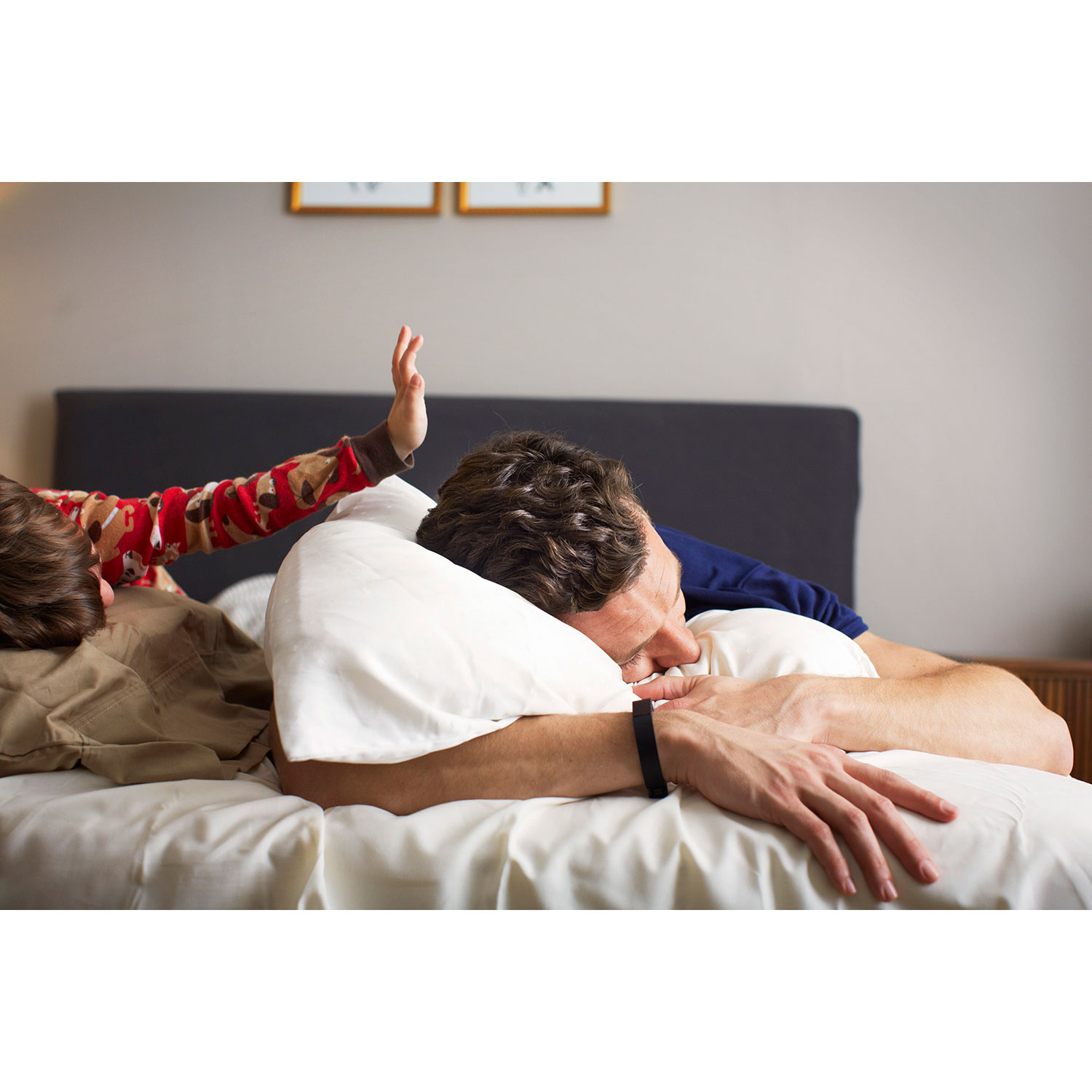 The different stages of sleep are all different, however, which is where sleep tracking really comes into play. You know how sometimes, you can wake up feeling slightly “off,” like you’ve been yanked or startled out of sleep instead of gently woken from it? The sleep cycle that you’re experiencing just before wakefulness plays a big role in that.
The different stages of sleep are all different, however, which is where sleep tracking really comes into play. You know how sometimes, you can wake up feeling slightly “off,” like you’ve been yanked or startled out of sleep instead of gently woken from it? The sleep cycle that you’re experiencing just before wakefulness plays a big role in that.
Wakefulness occurs optimally during slow-wave sleep, just following a REM cycle. By keeping a regular sleep cycle and tracking your sleep patterns, you can time your bedtime and waking hour so that your alarm will wake you during an optimal stage in your sleep cycle–meaning you’ll wake up feeling better rested and more awake.
From a purely tracking standpoint, being able to look at how you slept on a particular night can add depth and detail to how you’re feeling the following day. For instance, if you have a coffee meeting every Monday at 5pm and you find that you wake up every Tuesday morning feeling tired, maybe a wearable will help you determine that the caffeine is keeping you up throughout the night–so even though you think you’re deep asleep all night long, you actually toss and turn far more on Mondays than any other day. Having that extra bit of info can help you target your nighttime issues and achieve a more restful sleep every night.
Dedicated wearables for sleep tracking
Wearables aren’t as dependable as a visit to a doctor’s office, but for some people, they can be a very valid alternative. Not all healthcare plans cover sleep studies, for instance, and studies typically run upwards of $1000 for a single night. But there are pros and cons to both: sleep wearables can be worn in the long-term and come at a fraction of the price, but sleep studies are more detailed (they look at your brain waves using an EEG, keep an eye on blood oxygen levels, measure breath rate, and more) and are examined by medical professionals with years of experience in the field of sleep.
To deal with extremely irregular sleep and sleep disorders, there’s no better option than a qualified doctor and an overnight sleep study. But for “regular” sleepers who just need a bit of extra help, wearables can help track and improve our sleep at home, and they let us look at our sleep each and every night – not just once in a lifetime.
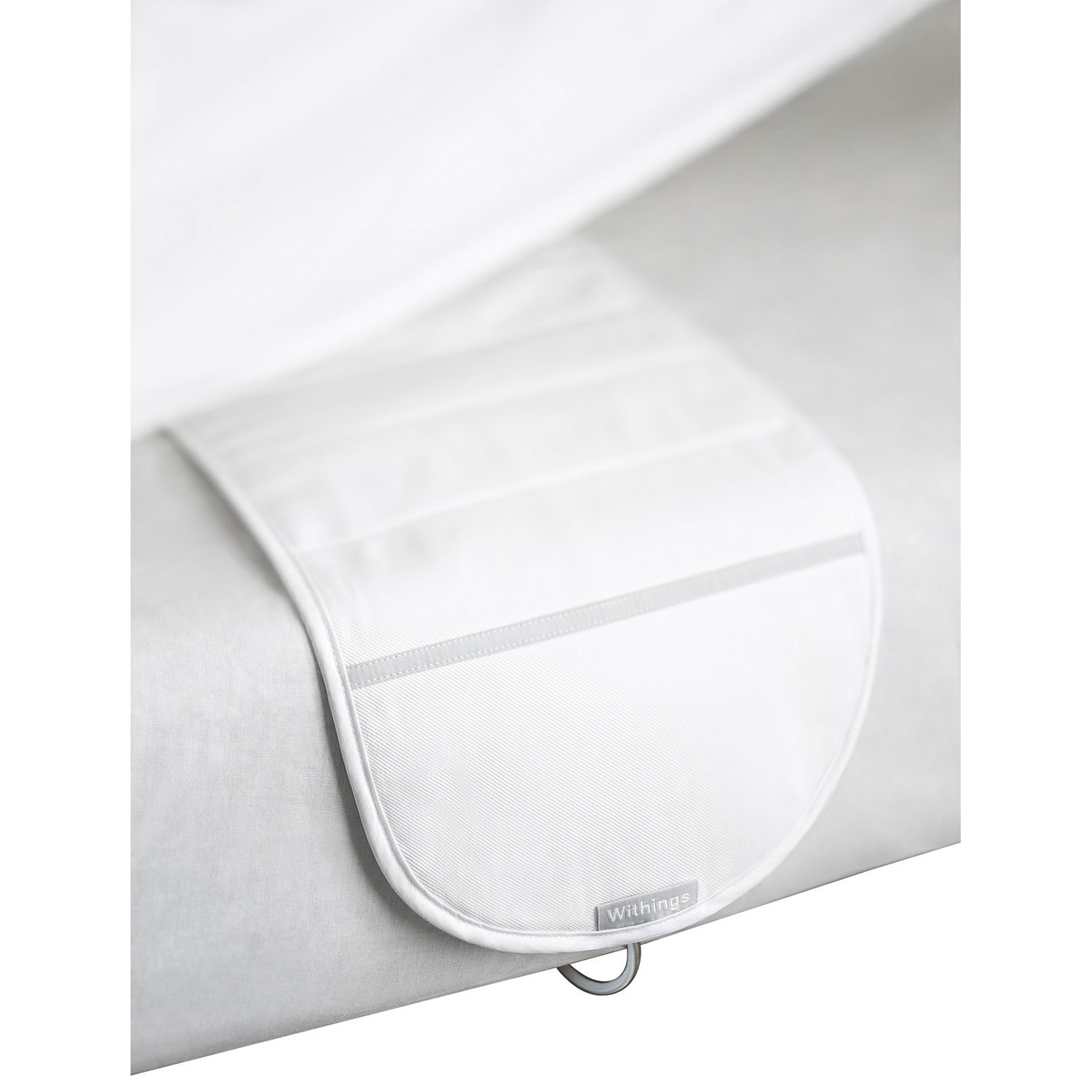 Best Buy carries two dedicated sleep trackers, and both of them are a little unexpected: one monitors you from underneath your mattress and from your bedside table, and the other is for babies.
Best Buy carries two dedicated sleep trackers, and both of them are a little unexpected: one monitors you from underneath your mattress and from your bedside table, and the other is for babies.
(Yes, really!)
The Withings Aura Smart Sleep System is a “wearable” sleep tracker that I see mentioned extremely often in articles about sleep tracking, and for good reason. It monitors your sleep using contact-free mattress movements, and then it automatically tracks and works to improve your sleep with sound effects and a “Smart Wake Up Light.”
The light provides “sunset lighting” while you drift off, and helps to gently rouse you in the morning with the wake up light. The device lets you track sleep on your smartphone and works for both nighttime sleeps and daytime naps, and works with Nest to integrate into your entire smart home system.
The second dedicated wearable sleep tracker that’s carried by Best Buy is the Mimo Baby Wearable Monitor Starter Kit. This thing fascinates me endlessly–it’s a turtle-shaped wearable that looks darn comfortable, because it literally clicks onto a 100% cotton onesie. 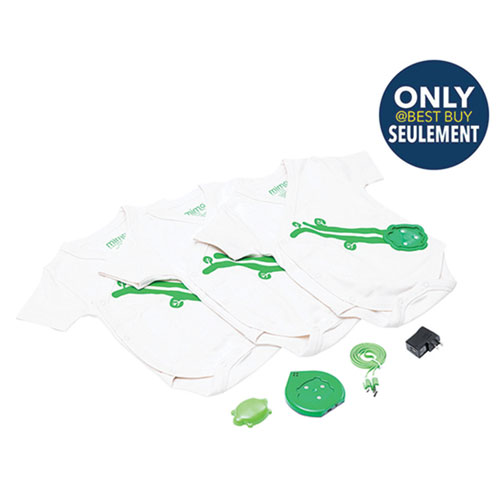
The Mimo monitor tracks sleep activity, breathing, body position, and skin temperature, because there’s no such thing as “too early” for sleep tracking!
I love the marketing for the Mimo, too: it’s funny and relatable without being judgemental. They market their product as something that can give you peace of mind and help you stop second-guessing yourself, and the brand mentions that its baby monitor is easy to use … “Which is a bonus when you’re sleep deprived.”
Fitness wearables that also track sleep
For those who want to track their sleep but aren’t sure if they want to go with a dedicated sleep tracker or a wearable multi-purpose tracker, most fitness trackers available also track sleep.
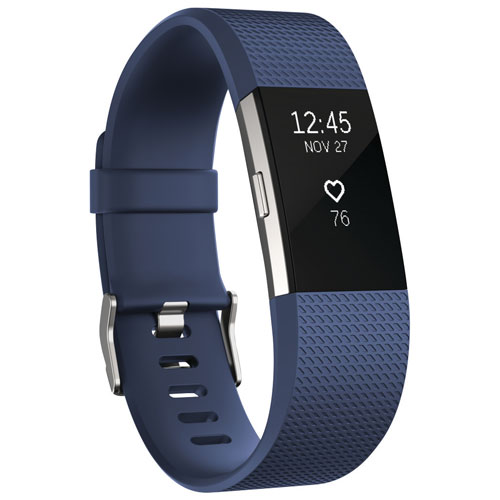 Funnily enough, I’ve noticed quite a few smartwatches that track fitness that seem to have added on sleep tracking as an afterthought. The Fossil Q Crewmaster, for instance, does both–and it looks super stylish while doing so. But it’s styled like a standard sporty dress watch, metal band and all! While the sleep tracking technology is there, the stainless steel casing may not be the most comfortable option for bedtime.
Funnily enough, I’ve noticed quite a few smartwatches that track fitness that seem to have added on sleep tracking as an afterthought. The Fossil Q Crewmaster, for instance, does both–and it looks super stylish while doing so. But it’s styled like a standard sporty dress watch, metal band and all! While the sleep tracking technology is there, the stainless steel casing may not be the most comfortable option for bedtime.
If you’re buying a multi-use tracker, another thing to keep in mind is battery life. Rechargeable batteries still need time to recharge, and not all batteries last long enough to make it through an entire night’s rest. The iHealth AM4 Swim Activity Sleep Monitor is a great example of this problem: sleep monitoring is one of its primary focuses, and yet its battery only lasts for 5 hours.
Finally, if you choose to select a multi-use tracker, I recommend going with something that tracks heartbeat instead of just motion. Heart rate tracking can provide a more in-depth look at your sleep cycle, so a more expensive tracker like the Fitbit Charge 2 Fitness Tracker will give you more detailed data than the Fitbit Flex 2 Fitness Tracker. Both charge in 2-3 hours and deliver 5-7 days of battery life, so while you will have to miss out on some of your tracking at some point in the day, it certainly doesn’t have to be overnight.
With all those factors in mind, there’s really only one question left to ask: what kind of wearable sleep tracker is right for your lifestyle?



